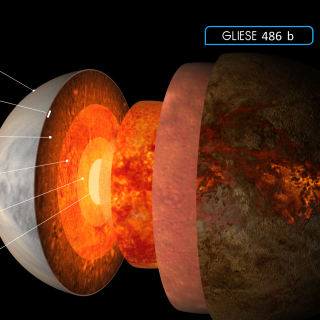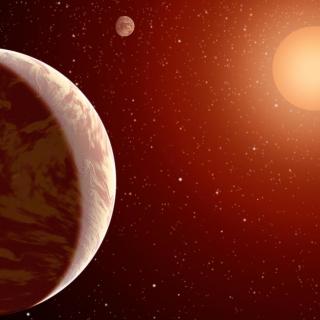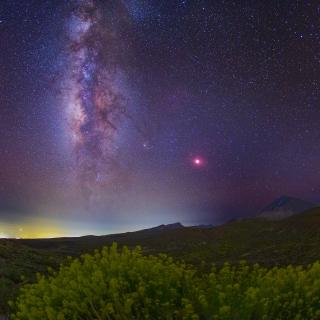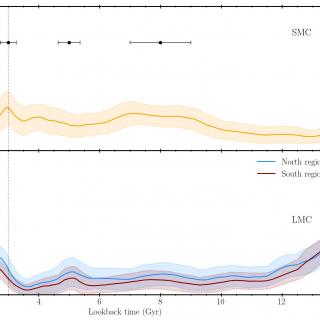
An international scientific team , with the participation of the Institutito de Astrofísica de Canarias (IAC), has measured the mass and radius of an Earth-like exoplanet with unprecedented accuracy . The detailed analysis allows to make robust predictions on the structure and composition of its interior and atmosphere. The study is published in the journal Astronomy & Astrophysics. Since the first exoplanet around a solar-like star , 51 Pegasi b, was discovered in 1995, the astronomical community has continued to find new exoplanets that are less and less massive, closer and closer, and




